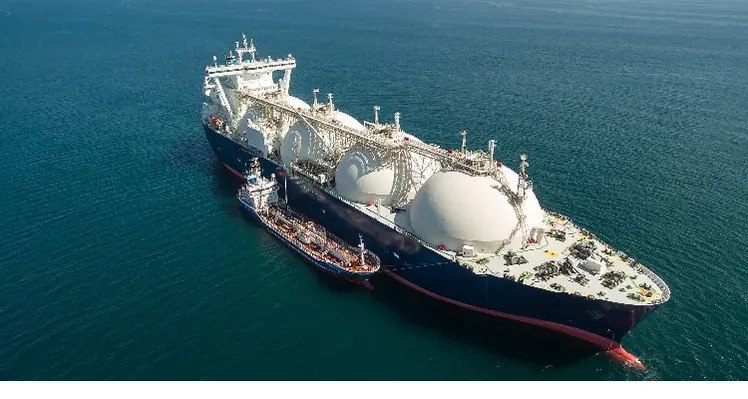Global natural gas markets are set to remain tight in 2025 as demand continues to rise and supply expands more slowly, according to the IEA’s latest quarterly Gas Market Report
Global gas demand reached a new all-time high in 2024 and is expected to expand further in 2025, primarily supported by fast-growing markets in Asia, according to the report.
The report finds that markets moved towards a gradual rebalancing last year after the supply shock that followed Russia’s invasion of Ukraine in February 2022. However the global gas balance has remained fragile, with the supply side remaining tight and geopolitical tensions continuing to fuel price volatility. While the halt of Russian piped gas transit via Ukraine on 1 January 2025 should not pose an imminent supply security risk for the European Union, it could increase the EU’s LNG import requirements and further tighten the market this year, the report notes.
Tight supply
Global gas demand rose by 2.8%, or 115 billion cubic metres (bcm), in 2024, while below-average growth in liquefied natural gas (LNG) output kept supply tight, and extreme weather events exacerbated market strains. Global LNG supply grew by 2.5% (or 13 bcm) in 2024 – well below its average growth rate of 8% between 2016 and 2020. Project delays, together with feedgas supply issues at certain legacy producers (including in Angola, Egypt, and Trinidad and Tobago), dampened LNG production growth. However, it is set to accelerate to 5%, or just over 25 bcm, in 2025 amid the expected start and ramping up of several large LNG projects, notably in North America.
Due to tighter market fundamentals, growth in global gas demand is forecast to slow to below 2% this year, with Asia expected to account for over half of the rise in global gas demand.
Natural gas continues to displace oil and oil products in various sectors, supported by policies, regulations and market dynamics. In the Middle East, for example, oil-to-gas switching in the power sector continued in 2024. In road transport, the rapid scaling up of LNG-fuelled trucks in China – with record sales in 2024 – has contributed to lower diesel demand there. The use of LNG as a bunkering fuel is also expected to increase amid more stringent emissions regulations for shipping.
“Gas market fundamentals have improved over the past year, but for now, we are still seeing significant tightness due to rising demand and muted growth in LNG capacity. Heightened geopolitical uncertainty adds to the risks,” said Keisuke Sadamori, the IEA’s Director of Energy Markets and Security. “While international cooperation on gas supply security has expanded since the recent energy crisis began, greater efforts are needed from responsible producers and consumers, who should strengthen their collective efforts to reinforce the architecture for safe and secure global gas supplies.”










